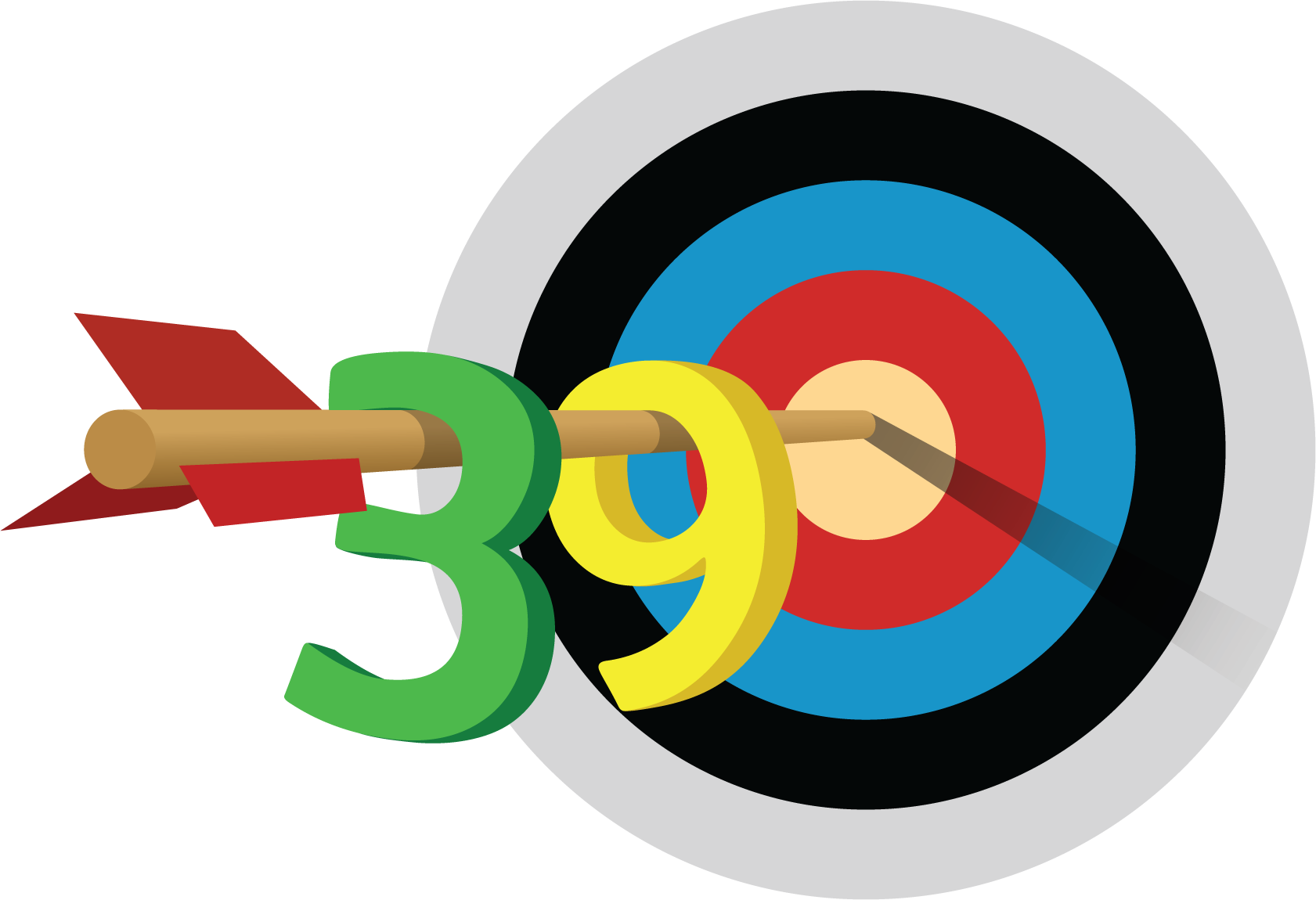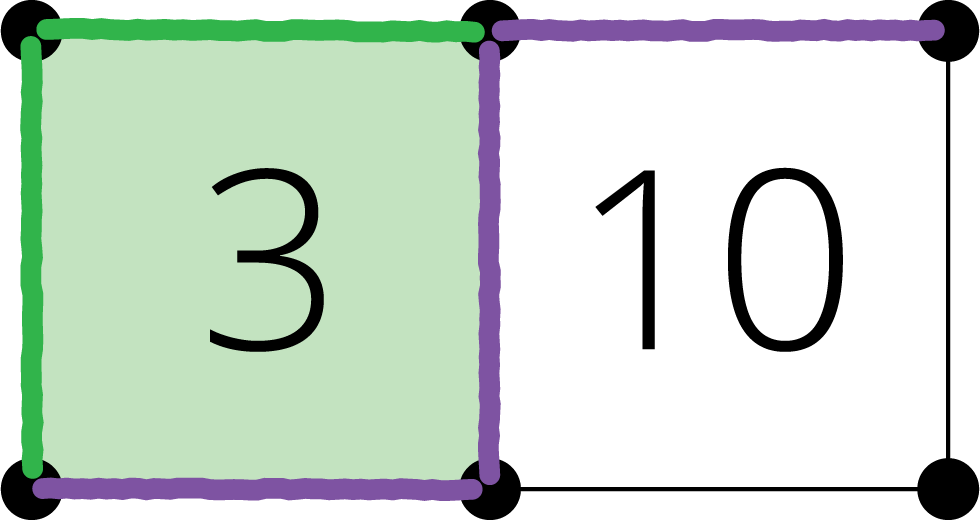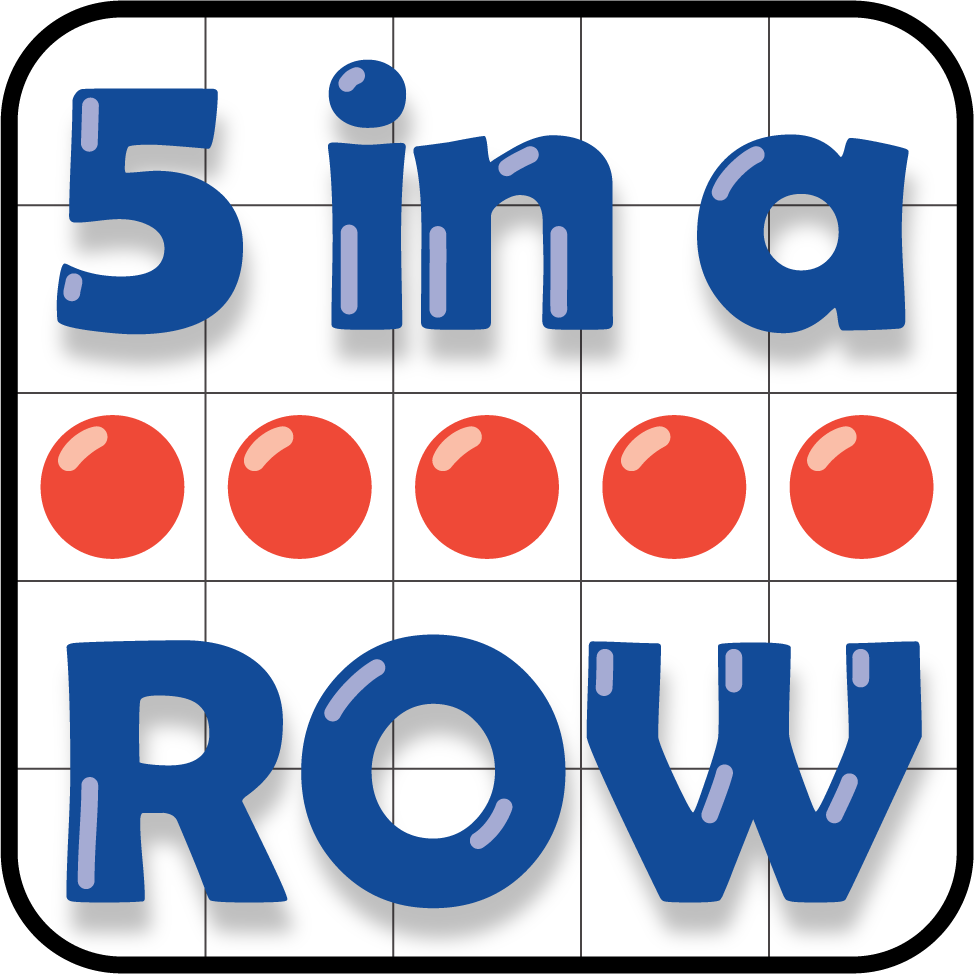Lesson 15
Center Day 3 (optional)
Warm-up: Number Talk: Subtract Multiples of 10 (10 minutes)
Narrative
The purpose of this Number Talk is to elicit the methods students have for subtracting tens from a two-digit number. After students consider and discuss ways to take tens from tens in the first three expressions, students are encouraged to use repeated reasoning to consider subtracting 20 from 35 and adding 1 to compensate (MP8) to find the value of \(35-19\). These understandings help students develop fluency with operations within 100 and will be helpful later in the lesson when students add and subtract within 100 to solve problems.
Launch
- Display one expression.
- “Give me a signal when you have an answer and can explain how you got it.”
- 1 minute: quiet think time
Activity
- Record answers and strategy.
- Keep expressions and work displayed.
- Repeat with each expression.
Student Facing
Find the value of each expression mentally.
- \(25 - 10\)
- \(35 - 10\)
- \(35 - 20\)
- \(35 - 19\)
Student Response
For access, consult one of our IM Certified Partners.
Activity Synthesis
- Highlight in the first three problems that the tens can be subtracted while the ones are left alone.
- Highlight how the result of \(35 - 20\) can be used to calculate \(35 - 19\). Record this with the equation: \(35 - 19 = 35 - 20 + 1\).
Activity 1: Introduce Math Stories, Tape Diagrams (20 minutes)
Narrative
The purpose of this activity is for students to learn stage 5 of the Math Stories center. Students pose and solve addition and subtraction story problems about tape diagrams.
Required Materials
Materials to Copy
- Math Stories Stage 5 Tape Diagrams
- Math Stories Stage 5 Recording Sheet
Required Preparation
- Create a set of cards from the blackline master for each group of 2.
Launch
- Groups of 2
- Give each student a recording sheet.
- Give each group a set of cards.
- “In this center activity, you are going to look at diagrams and tell math stories about them.”
- “Pick a diagram that you want to use to create your story problem. Then your partner will solve the problem. Make sure to write an equation to represent each story you tell.”
- As needed, demonstrate with a student volunteer.
Activity
- 15 minutes: partner work time
- Monitor for students who tell Put Together/Take Apart or Add to story problems and those that tell Compare story problems with tape diagrams.
Activity Synthesis
- Invite previously identified students to share.
- “What is the same about these story problems? What is different?”
- If time, ask:
- “How do their stories match the diagrams?”
- “How do the equations match the stories?”
Activity 2: Centers: Choice Time (20 minutes)
Narrative
The purpose of this activity is for students to choose from activities that focus on addition and subtraction within 100 or addition and subtraction within 20.
Students choose from any stage of previously introduced centers.
- Target Numbers
- Capture Squares
- Five in a Row
Required Materials
Materials to Gather
Required Preparation
Gather materials from:
- Target Numbers, Stages 4 and 5
- Capture Squares, Stages 3 and 4
- Five in a Row, Stage 6
Launch
- “Now you will choose from different centers we have learned that focus on adding and subtracting.”
- Display the center choices in the student book.
- “Think about which activity you would like to do first.”
- 30 seconds: quiet think time
Activity
- Invite students to work at the center of their choice.
- 8 minutes: center work time
- “Choose what you would like to do next.”
- 8 minutes: center work time
Student Facing
Choose a center.
Target Numbers

Capture Squares

Five in a Row

Activity Synthesis
- “Which activity did you choose? What did you like about the activity you chose?”
Lesson Synthesis
Lesson Synthesis
“Today we used diagrams to tell our own stories and practiced adding and subtracting.”
“Would you rather create a story problem or solve a story problem? Explain.”